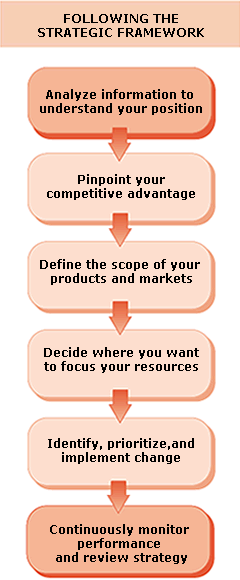Dorling Kindersley Limited
The Penguin Group
Published by the Dorling Kindersley Limited,
80 Strand, London WC2R 0RL
LONDON, NEW YORK,
MUNICH, MELBOURNE, DELHI
Dorling Kindersley Limited, Registered Offices: 80 Strand,
London WC2R 0RL, England
www.dk.com
First published in 2000 by Dorling Kindersley Limited. ISBN: 9780789459725
Copyright 2000 Dorling Kindersley
Text Copyright 2000 Andy Bruce & Ken Langdon
This Digital Edition published 2009. ISBN: 9780756662578
Digital conversion by DK Digital Content Services, London and DK Digital Media, Delhi.
No part of this publication may be reproduced, stored in a retrieval system, or transmitted in any form or by any means, electronic, mechanical, photocopying, recording, or otherwise, without the prior written permission of the copyright owner.
Introduction
The ability to plan long-term while maximizing performance in the short term is a must for managers. Strategic Thinking will help you to map out the route to success and build your analytical and team-planning skills. From researching and gathering the background information and arriving at a new strategy to reviewing and adapting it all the key aspects of developing and implementing a strategy are clearly explained. There are 101 tips scattered throughout to give you further practical advice, while a self-assessment exercise allows you to evaluate your effectiveness as a strategic thinker. As you raise your ambitions to plan for the future, this will be an invaluable reference guide to keep your thinking on course.
Understanding Strategy
A strategy is a declaration of intent, defining where you want to be in the long-term. Understand the processes involved and how to avoid potential pitfalls to help you plan successful strategies.
Defining Strategy
Strategy was once defined as the art of planning and directing large military movements and the operations of war. In business, a strategy maps out the future, setting out which products and services you will take to which markets and how.

Understand why a strategy is important for you and your business.

If you are unsure of the strategy of your organization, ask your superior to clarify it for you.
Why have a strategy?
Having a strategy enables you to ensure that day-to-day decisions fit in with the long-term interests of an organization. Without a strategy, decisions made today could have a negative impact on future results. A strategy also encourages everyone to work together to achieve common aims. Most organizations have a strategic plan at the highest level, but some do not communicate it all the way down. A strategy is equally important whether you serve external customers (those outside your organization) or internal customers (those in departments or sections within your company).
Looking to the future
Todays business environment puts pressure on people to complete urgent tasks, meet day-to-day objectives, and overcome short-term problems. This is operational, or short-term, planning and it often tends to take precedence over planning for the future. Strategy concerns itself with what is ahead, looking at where you are going, and how to get there. Even if you already know which products and services you are taking to which markets, you will still need a strategy to make it happen.
Points to remember
- A strategy defines which products or services are sold and delivered and to which markets.
- A strategic plan establishes how to sell products and services to specific markets excellently and competitively.
- The success of a strategy must be measurable by, for example, financial results or the excellence of service given to customers.
Being a good strategist
Effective strategists look at what is happening now in the context of where they want to go. They react positively to problems, can inspire and motivate people, and communicate well.
- Is a team player
- Sees problems as opportunities to improve
- Balances short- and long-term needs
- Keeps calm when the unexpected occurs
- Is a skilled communicator
Involving the team
To get the best from your people, it is important to work within a clear framework that details how they will be expected to help you to develop and then implement a strategic plan. Think of the methods and processes involved as a map that the team can follow to achieve success. By creating such a framework, you encourage the team to pull together and work to a common goal. You also promote their personal development by teaching them to think strategically.
Examining the Process
There are three distinct phases to developing a new strategy: analysis, planning, and implementation. It is vital to devote time and effort to the first two stages, but also to maintain momentum throughout implementation to ensure ultimate success.

Involve everyone on the team in gathering information.

Encourage people to look objectively at the facts.
Analyzing thoroughly
During the analysis phase, you will collect as much background information as you can to help you make informed decisions. This stage is crucial because the facts you have at hand will influence the direction you decide to take. You will analyze what is happening inside your organization, looking carefully at aspects of your own and other parts of the company that may influence the plan. You will also find out what your customers want, how your competitors operate, and what the research trends or developments in your industry are. Your aim is to draw up a clear statement of the strengths and weaknesses of your position as well as a list of opportunities for the future.

Delegating researchAssign fact-finding exercises to members of your team. Information can be gleaned from publications, the Internet, and from talking to customers and contacts.
Planning strategy
Having gathered all the necessary facts, the next phase is to make strategic decisions that will bring you closer to your overall aim. You will need to take into account where you have advantages over the competition and establish the boundaries within which you will operate. The first step will be to list the products and services likely to be in demand in the future, and the markets that are available to you. You will then choose which of these markets you wish to develop, whether with existing products and services or new ones. Similarly, you will choose which markets it would be beneficial to leave. The decisions you reach will help you to establish your future financial position and work out a realistic budget.


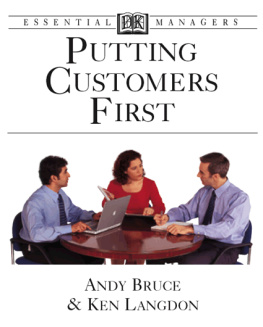



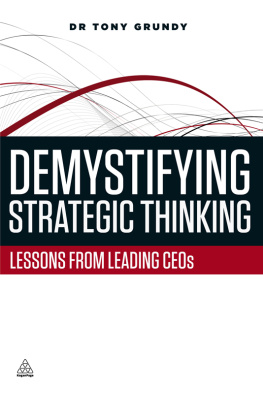



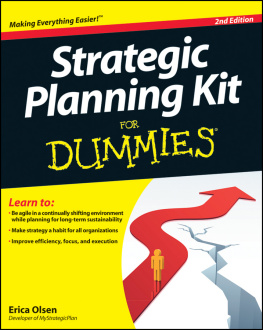
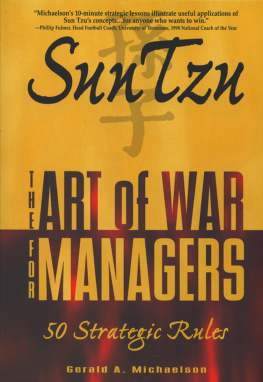
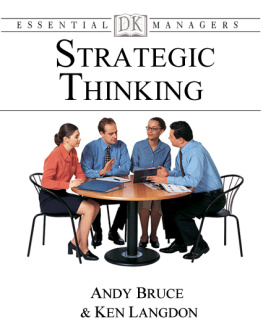
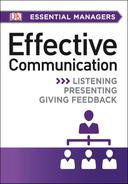
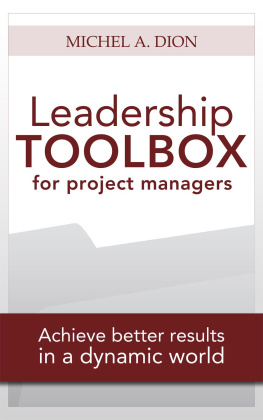



 Understand why a strategy is important for you and your business.
Understand why a strategy is important for you and your business.